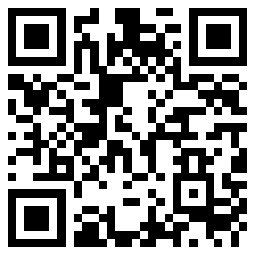雷哥考研 > 题库 > 2020年管理类联考11月公益模考英语(二)测试卷 > 阅读理解A
Text 3
Big companies may want to hire mavericks but most organisations are built on rules.
Hire mavericks: a classic piece of management advice, proposed since at least the 1980s—and almost impossible to enact successfully. Still, big organisations continue to boast that they recruit and develop rule-breakers and renegades. “Status quo challenger” has even become a popular self-description on LinkedIn.
Leave aside the fact that a break-all-the-furniture disrupter is unlikely to spend much time updating his or her LinkedIn profile, let alone join the graduate trainee programme at a multinational: corporate success is often based on what already works.
Companies must strike a near-impossible balance as they design their hiring and leadership development policies. They need to cultivate enough changemakers to advance the company, but curb revolutionaries’ instincts to abandon the organisation’s core values, breach acceptable behaviour or swerve recklessly away from tried and tested approaches.
The word “maverick” derives from Samuel Maverick, a 19th century Texas rancher who allegedly refused to brand his cattle. Wandering cows became known as mavericks. Big companies, though, wish to apply the branding iron from day one and move the herd in the same direction.
As a result, “maverick bosses” are rarely the product of an orderly succession plan. A list of those who have recently earned the tag (all men, interestingly) includes Elon Musk, the late Sergio Marchionne of Fiat Chrysler, SoftBank’s Masayoshi Son, Travis Kalanick of Uber, Jeff Bezos, Jack Ma and John Legere, chief executive of T-Mobile USA.
In most cases, these are entrepreneurs and founders. The first self-styled maverick boss, Semco’s Ricardo Semler, who became known for decentralising management, and wrote a 1993 book about it called Maverick!, did not rise through the ranks. He was handed control of the Brazilian engineering group by his father. The exceptions to the founder-entrepreneur model—Mr Marchionne and Mr Legere—were outside appointments to struggling companies.
One headhunter says mavericks are useful as non-executive directors, who can “challenge the executive management within the context of the boardroom”. Their elevation to chief executive—except at companies that are struggling—almost always leads to “tissue rejection”.
This is not an argument for stasis. That way lies extinction—the destiny of companies that continue to appoint what I’ve called “default managers”.
Nor do I believe dissent should be shut down. Even established companies should try to recruit a few revolutionaries and free spirits. In fact, those kinds of people are essential to some activities. Think of the creative cartoonists at Pixar, or the innovative engineers at Google.
34. “Tissue rejection” emerges due to the fact that_____________.
- 雷哥网解析
- 网友解析
34. 选D。原因细节题
题干:“组织拒绝”的出现是因为________________.
A. revolutionaries are often headstrong and arrogant(革命者经常很任性傲慢)
B. ordinary people become jealous of revolutionaries(普通人嫉妒革命者)
C. extinction is the destiny of some failed companies(灭亡是某些公司的命运)
D. mavericks are promoted to management positions(特立独行者被提升到管理岗位)
解析:根据题干关键信息Tissue rejection定位到第八段末句:他们升任首席执行官--除了身处那些正在挣扎的公司--几乎总是导致“组织拒绝”。原文中“被提升”是因,“组织拒绝”是果,题干采用了正话反说的提问方式,即因果倒置的方式,所以只要找到和“被提升”这个因相类似的表述就是本题答案,对比四个选项,只有选项D符合题意和要求。
题目讨论 (1条评论)

提交
-
576020t
好难啊 老是错。。
 0
0
 0
回复
2021-09-17 16:54:16
0
回复
2021-09-17 16:54:16
















 预约成功!
预约成功!
















